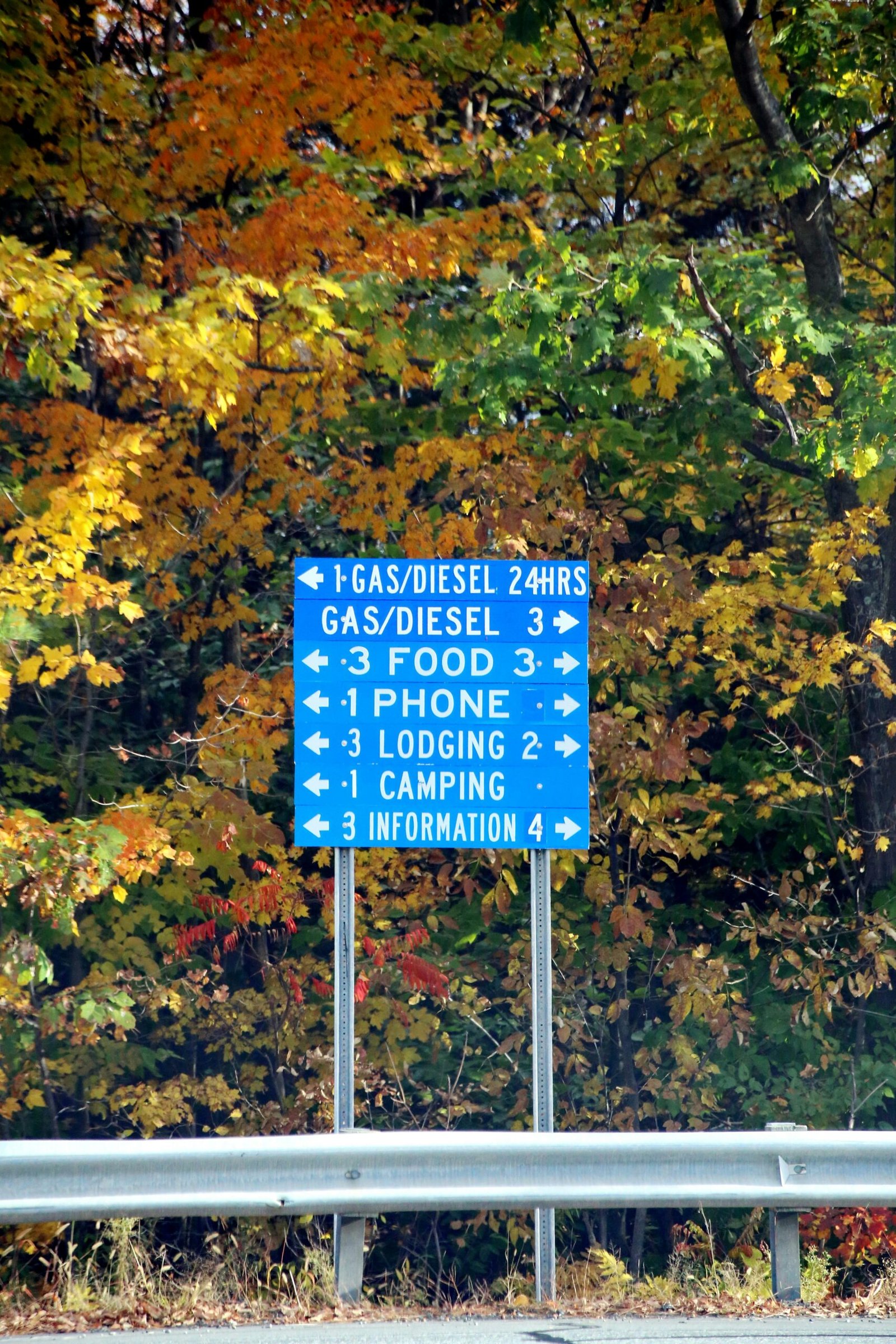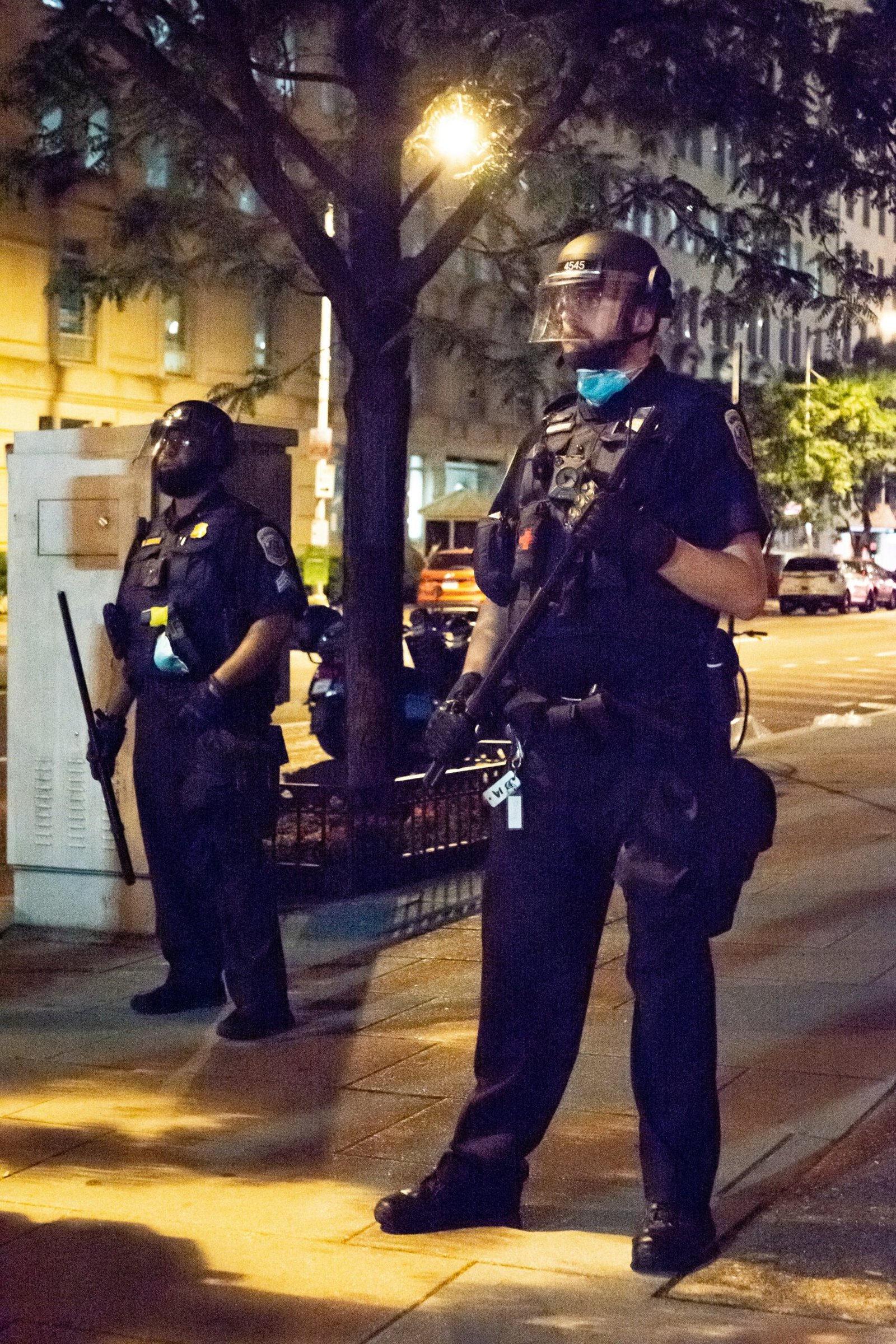
Introduction: The Disruption of Peace
Recent events in Los Angeles have drawn national attention, particularly as they unfold against the backdrop of heightened tensions surrounding immigration policies. The sweeping raids conducted by Immigration and Customs Enforcement (ICE) have instigated significant unrest within immigrant communities, which have felt the immediate repercussions of these federal actions. These operations have not only intensified fears among residents but also underscored the vulnerabilities faced by individuals and families who perceive themselves as targets within an increasingly hostile political climate.
Simultaneously, the unprecedented federal takeover of California’s National Guard has activated discussions about state sovereignty, civil liberties, and the role of military enforcement in community interactions. This intervention reflects a broader national strategy that appears to hinge on a narrative of control and surveillance, raising serious questions regarding the balance between security and the essential rights of individuals. For many, this takeover adds an additional layer of anxiety to their daily lives, as the presence of military forces within civilian spheres can transform neighborhoods into zones of potential conflict rather than safety.
The consequent protests that have emerged from these events serve as a critical response from both individual activists and organized groups advocating for immigrant rights. Understanding the motivations behind these community engagements is imperative; they represent not only resistance but also a call for dialogue and change in a system that many perceive as unjust. The importance of recognizing the underlying power dynamics in play cannot be overstated, as they shape the lived realities of countless residents within these communities. As we examine this political landscape, it is crucial to consider the repercussions on civil liberties and the ongoing struggle for justice that defines the current moment.
The Role of California’s National Guard in the Protests
The deployment of California’s National Guard under federal control has emerged as a pivotal factor in the context of recent protests across the state. The escalating civil unrest, primarily sparked by calls for social justice and police reform, prompted both state and federal authorities to consider military intervention as a means to maintain order. The historical context surrounding the National Guard’s involvement in domestic protests reveals patterns of governmental action taken during periods of civil disturbance, where the guard is mobilized to restore peace and protect property.
California’s National Guard has a dual mandate, serving both community needs and federal initiatives. This duality becomes particularly significant during moments of crisis, when the lines between maintaining public safety and infringing upon civil liberties become blurred. The presence of the National Guard at protests alters the dynamics between law enforcement and peaceful demonstrators. While intended to act as a buffer against violence, military presence can escalate tensions and create an atmosphere of intimidation among peaceful protesters. It invites complex conversations about the militarization of local law enforcement and the appropriateness of invoking military resources to manage civilian dissent.
Community Response: Organizing Against Oppression
In the wake of federal intervention and perceived threats to civil liberties, community organizers and activists in California have risen to the challenge by launching a variety of grassroots movements aimed at resisting oppression. These initiatives have become crucial not only for addressing immediate needs but also for empowering residents to reclaim their voices and identities in the face of adversity. Through strategic mobilization efforts, community engagement has emerged as a powerful lifeline for promoting justice.
One primary strategy has been the establishment of mutual aid networks, which facilitate resource sharing and support among community members. These networks operate on the principle of solidarity, providing essential services such as food distribution, mental health support, and legal assistance, particularly to marginalized populations disproportionately affected by the federal presence. By providing resources directly to those in need, these grassroots movements foster a sense of belonging and collective resilience that counteracts the feelings of isolation often instigated by governmental actions.
Moreover, activists have employed creative communication strategies, including social media campaigns and community events, to galvanize public interest and foster active participation. Through these platforms, they disseminate information about their causes, encourage civic engagement, and build coalitions across various demographics. This collaborative approach not only amplifies their message but also strengthens the movement as a whole, drawing in allies who may have otherwise remained passive. Such engagement is pivotal in creating a unified front against repression and in advocating for civil rights within the community.
Ultimately, the actions of these community organizers demonstrate the potential of grassroots movements in effecting real change and affirming the rights of individuals. As residents continue to confront challenges imposed by federal control, their resilience and collective action will be instrumental in the ongoing struggle for justice and equity in California.
Legal Ramifications and Civil Rights Concerns
The deployment of the National Guard in situations of civil unrest raises significant legal ramifications, particularly concerning civil rights. The involvement of military personnel in domestic affairs can provoke intense scrutiny regarding the constitutional protections afforded to citizens. Notably, civil rights organizations, including the American Civil Liberties Union (ACLU), have registered their concerns about the potential breaches of individual rights when military forces engage in law enforcement activities. The ACLU and similar entities advocate for the preservation of fundamental freedoms, emphasizing that escalated military presence can lead to violations of civil liberties, particularly for marginalized communities.
One of the primary legal issues arising from the National Guard’s presence is the potential infringement upon the First Amendment rights, which safeguard freedoms of speech, assembly, and petition. When military units are deployed to areas experiencing social unrest, this can result in the suppression of peaceful protests and hinder open dialogue critical to democratic participation. Moreover, excessive use of force by National Guard members may lead to civil rights violations, which can create a broader climate of fear and mistrust between communities and law enforcement agencies.
The Importance of Sanctuary Spaces
In recent years, sanctuary spaces have emerged as critical havens for individuals facing the threat of Immigration and Customs Enforcement (ICE) raids. Churches, mosques, and various faith-based organizations have played pivotal roles in providing refuge to those seeking safety from deportation and the broader implications of a strained immigration system. These sanctuaries are more than just physical spaces; they offer a profound sense of community and belonging for vulnerable individuals during times of political upheaval.
The historical significance of sanctuary movements can be traced back to various epochs, reflecting a long-standing tradition of providing asylum to those in need. From the medieval practices in Europe where churches served as safe havens for fugitives, to the modern-day responses to immigration crises, these movements demonstrate a commitment to human dignity and compassion. Faith-based organizations often operate on the principles of charity, community service, and social justice, which motivate them to act in solidarity with marginalized populations.
Beyond providing immediate protection, sanctuary spaces foster a robust support system. They create interconnections among community members, affirming their rights and dignity while advocating for change. Many faith-based organizations engage in educational outreach, informing individuals of their rights, and working tirelessly to navigate the complexities of the legal system. By establishing networks of solidarity, these institutions empower individuals to reclaim their voices within a system that often seeks to silence them.
Moreover, sanctuary spaces serve as grassroots platforms for social and political activism. They rally individuals beyond their walls, mobilizing communities to advocate for equitable policies and reforms in immigration law. In this way, faith-based organizations contribute significantly to a collective struggle for justice, amplifying the voices of those who have been historically marginalized. Ultimately, sanctuary spaces stand as beacons of hope—evidencing profound resilience amid ongoing challenges, while reinforcing the importance of community engagement in the quest for justice.
Education and Rights Awareness: Empowering Communities
In light of increasing uncertainty and fear surrounding the activities of the U.S. Immigration and Customs Enforcement (ICE), community engagement initiatives have emerged as vital instruments for awareness and education regarding residents’ rights. These initiatives are designed to empower individuals and families, particularly those from vulnerable backgrounds, by informing them of their legal protections under both state and federal law. By equipping communities with knowledge, these programs aim to foster resilience against unjust actions and discrimination that may arise within immigration enforcement efforts.
Legal workshops have become one of the most effective ways to disseminate crucial information. These workshops often feature attorneys and advocates who volunteer their time to ensure that community members understand their rights. Topics typically covered range from the right to remain silent during encounters with ICE to the processes surrounding deportation proceedings. Attendees are encouraged to ask questions and share their experiences, which can help demystify complex legal concepts and promote a sense of agency among participants. Furthermore, by breaking down the barriers associated with legal jargon, these workshops serve to make legal resources more accessible to those who may not have prior familiarity with such topics.
In addition to legal workshops, public education campaigns play an essential role in raising awareness about rights among varied populations. These campaigns leverage various platforms, including social media, local print media, and community gatherings, to reach diverse audiences. Informational materials such as flyers, brochures, and digital content are often disseminated, presenting clear and concise information about individuals’ legal rights. By utilizing multiple communication channels, these initiatives aim to ensure that vital knowledge reaches the widest audience possible, thereby enhancing community resilience. Education remains a crucial component in combating injustice, as an informed community is better equipped to advocate for itself and resist coercive actions.
Building Coalitions: Intersectionality in Activism
The recent landscape of activism in Los Angeles has been profoundly shaped by the formation of various coalitions, including significant movements such as Black Lives Matter and CHIRLA (California Human Rights Alliance). These organizations exemplify the power of intersectionality—a concept that recognizes the interconnected nature of social categorizations such as race, class, and gender, which can lead to overlapping systems of disadvantage. The activism in Los Angeles is increasingly reflective of a collective struggle that embraces diversity and promotes inclusivity.
Black Lives Matter, for instance, specifically focuses on addressing systemic racism and police violence against Black individuals, while CHIRLA advocates for the rights and dignity of immigrant communities. Although these issues may appear distinct at first glance, the intersectional approach highlights that systemic oppression affects various groups in complex ways. The solidarity built between these movements enables them to confront the shared adversities they face, fostering a unified front in advocating for justice and equality.
Furthermore, intersectionality in activism empowers marginalized voices, leading to more effective advocacy strategies. By collaborating, movements can share resources, knowledge, and networks, enhancing their visibility and impact. This coalition-building emphasizes that the fight for justice is not a singular issue but a multifaceted struggle that entails the collaboration of various groups with different experiences and perspectives. Engaging across these intersecting lines strengthens the movement’s resilience and allows for a more holistic understanding of justice. As activists continue to build these coalitions, it becomes evident that collective resilience is a vital component of successful activism in Los Angeles, uniting diverse communities in their quest for equitable change.
The National Implications of Local Actions
The situation unfolding in Los Angeles serves as a microcosm of a broader national crisis regarding civil liberties, democracy, and governance in the United States. The control of California’s National Guard by the federal government under Donald Trump’s administration has led to tensions that resonate beyond local boundaries. This scenario raises critical questions about the appropriate role of state military forces in civilian affairs and the encroachment of federal authority on local governance. Communities across the nation have begun reflecting on similar issues of autonomy and rights, revealing a pattern of concerns that extend from coast to coast.
Community engagement has emerged as a vital tool in addressing these pressing issues. In Los Angeles, local activists have demonstrated that grassroots mobilization can effectively challenge state and federal overreach, particularly in the context of policing and public safety. The lessons learned from these grassroots efforts illustrate how local actions can galvanize support, foster dialogue, and ultimately influence policy at a higher level. Engaging with community members facilitates the exchange of ideas and resources, empowering citizens to advocate for their rights and hold authorities accountable to the public.
Furthermore, the ongoing activism in response to the current governance structure underscores the importance of civic participation in a democratic society. By actively involving community members in decision-making processes, local leaders can cultivate a sense of ownership and accountability. This participatory approach has implications that reach far beyond Los Angeles, providing a framework for other regions to emulate. The fight for civil liberties, as highlighted by these local actions, illustrates that justice is not merely a regional concern but a nationwide imperative. Consequently, the lessons drawn from community engagement in Los Angeles may serve as a blueprint for activism throughout the United States, reinforcing the need for vigilance against any encroachments on democracy and individual rights.
Conclusion: The Path Forward
As we reflect on the discussions throughout this blog post regarding the control of California’s National Guard and its implications on community engagement, it is essential to recognize the vital role that proactive participation plays in the pursuit of justice. The challenges faced by marginalized communities, especially in light of shifting political powers, require a reevaluation of strategies for activism. Community engagement serves as a lifeline, fostering connections that can lead to meaningful change and a more equitable society.
The narratives provided illustrate that despite formidable obstacles, there exists a significant potential for transformation. Active participation in local advocacy, combined with the persistent efforts of diverse communities, can help create a stronger foundation for upholding civil rights. It is through these connections that individuals can amplify their voices and unite towards a common goal, reinforcing the importance of solidarity amidst adversity.
Moreover, it is critical to understand that change does not happen overnight. The advocacy for justice requires consistent and sustained involvement. Grassroots initiatives, educational programs, and community forums are essential avenues for generating awareness and encouraging dialogue among various stakeholders. By collaborating and leveraging resources, communities can effectively challenge the status quo and demand accountability.
In conclusion, the journey toward achieving justice and ensuring civil rights is a communal endeavor. Staying engaged and mobilizing efforts at the grassroots level can significantly impact our society. It is imperative for individuals and groups to remain steadfast in their commitment to activism, foster collaborative networks, and emphasize the importance of collective action. Only through these efforts can we pave the way for a more just and equitable future for all.



